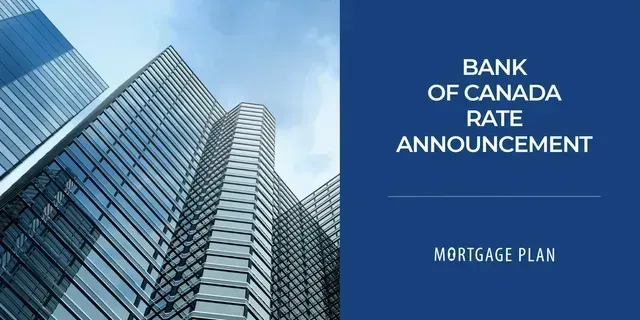What is Mortgage Default Insurance?
Mortgage Insurance 101.
As part of the home buying process, you will hear the term mortgage insurance used a lot, especially if you are applying for a mortgage with a downpayment less than 20% of the purchase price.
In Canada there are currently 3 mortgage insurers:
Mortgage default insurance, commonly referred to as mortgage insurance, allows borrowers to achieve home ownership in Canada with as little as 5% down.
Simply put, mortgage insurance is an insurance policy that the bank takes out to protect themselves against your defaulting on the loan. They pass the costs on to you, typically it is added to the mortgage balance and included in your regular payments.
Here is some information from each of the mortgage insurers.
From Genworth Canada
Transcript from the video
A conventional mortgage in Canada normally requires a down payment of at least 20% of the purchase price. When homebuyers have less than 20% for a down payment, Mortgage Insurance allows them to secure a mortgage for their home purchase.
Tailored Mortgage Insurance products from Genworth Canada can help you achieve the dream of homeownership sooner and with as little as 5% down.
Saving for a down payment is always a great idea. Trouble is, depending on the area, prices may be rising faster than the savings are building up. And, as values rise, the dream home gets further out of reach.
This is where mortgage default insurance – more commonly referred to as “mortgage insurance” – can help…by enabling qualified borrowers to purchase a home with as little as a five per cent down payment.
If the right home for you has a purchase price of $300K, then lenders will normally require you to provide a down payment of at least $60K. With Mortgage Insurance, you can secure a mortgage with as little as $15K down.
Mortgage insurance is a win-win situation for homebuyers and lenders. Lenders rely on it to protect themselves from financial losses in case a loan is not repaid. Because lenders have this protection, they are able to offer loans with smaller down payments, provided credit and legal requirements are met. For homebuyers, this means access to homeownership sooner at a competitive rate, and with a lower down payment.
From The Canadian Mortgage and Housing Corporation (CMHC)
Mortgage loan insurance is typically required by lenders when homebuyers make a down payment of less than 20% of the purchase price. Mortgage loan insurance helps protect lenders against mortgage default, and enables consumers to purchase homes with a minimum down payment of 5% — with interest rates comparable to those with a 20% down payment.
Here is a pdf with a chart outlining the cost of the insurance premium:
From Canada Guaranty
Consumer tip: Mortgage insurance is often confused with other types of insurance associated with homeownership. Knowing the difference will help you understand what coverage is appropriate for your specific needs.
Mortgage Insurance is not the same as:
- Homeowner/Property Insurance: A form of property insurance designed to protect the individual’s home (or possessions in the home) against damages, including loss, theft, fire, or other unforeseen disaster.
- Mortgage Life Insurance: A type of insurance designed specifically to repay any outstanding mortgage debt in the event of homeowner death or long-term disability.
If you have any questions about mortgage insurance, please let us know, we am more than happy to go through this in depth with you! Contact us anytime!
Share
RECENT POSTS





